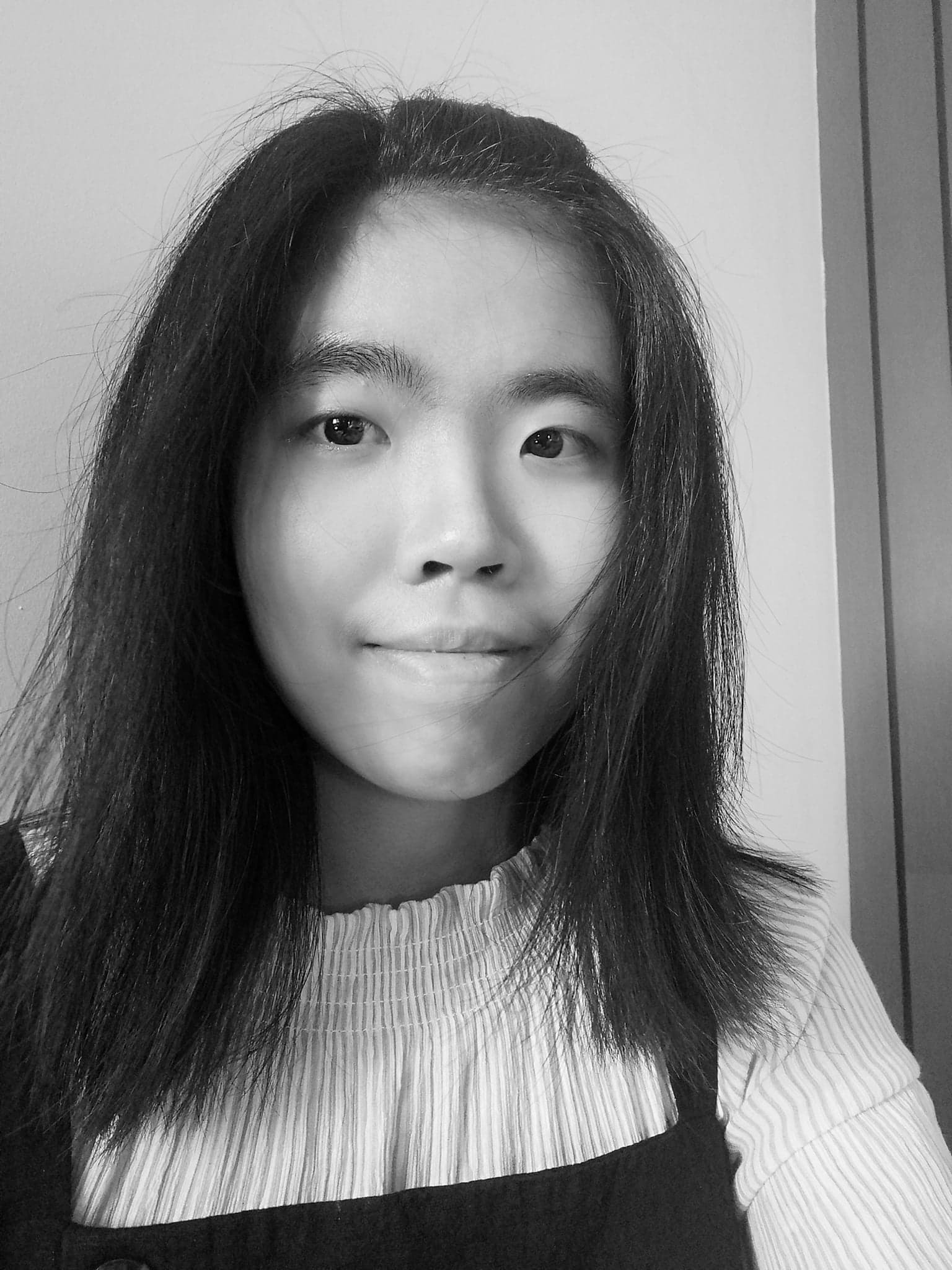- Home
- March 2024
- Penang for Everyone—Inclusion Needs Changes in Mindset
Previous Post
Snapshots of Historical Struggles in Penang
2 min read
WORLD CONSUMER RIGHTS DAY is observed every 15 March, a global awareness event birthed in Penang when it became the Headquarters of the World Consumers Movement...
Next Post
Reverse Culture Shock: A Tale of Two Homes, Penang and York
5 min read
“IT’S GOOD THAT you’re back, it’s better to be home,” my grandmother said, as I told her about my time in the UK.Her words came from a place of love, after not...
You might also like
Pursuing the Meaning of Equality and Liberty (With Some AI Assistance)
4 min read
WHETHER WE LIKE to think so or not, modern political thought gained effective sloganic expression during the French Revolution (in 1789), incidentally around th...
A Perfect Hike on Pulau Rimau
5 min read
JUST OFF THE southern tip of Penang Island sits the lush tree-covered isle of Pulau Rimau. Having ticked off all the other large isles around Penang, Pulau Rima...
A Short History of Pulau Rimau
9 min read
WALKING ALONG THE Queen’s Waterfront promenade at Bayan Lepas, you see a large, heavily forested island nearby that once hosted a leper colony and, later, a pri...

-modified.jpeg)



